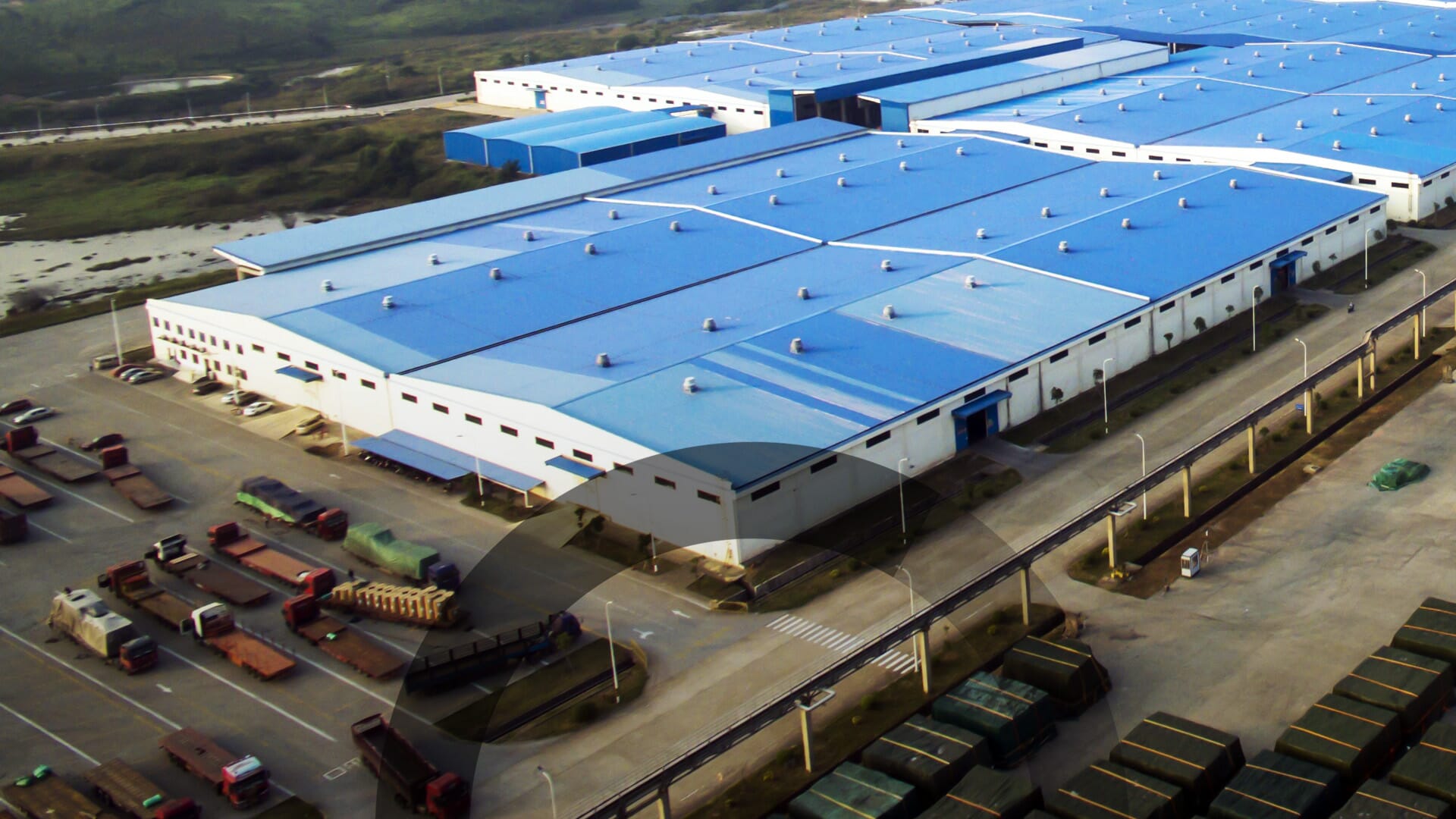 No attribution required
No attribution requiredIndia’s low warehousing vacancy rates indicative of success
A JLL report analyses Indian logistics, and what must be done to effectively develop in the market
According to a recent report by JLL, India’s logistics and warehousing sector is transforming. The implementation of the Goods and Services Tax has provided a structural reform that has allowed demand for logistics space to overtake supply for the first time in four years - the demand of around 32 million sq ft in a market with 31 million sq ft of logistics and warehousing space. This reform aims to bring the logistics cost from the current 14% of India’s GDP to 10% by 2022.
This will happen as the sector transforms into an optimised, cost-effective and technologically integrated system. As it evolves, the market is likely to see several strategic changes to the planning and construction of warehousing, as well as the larger logistical operations such as transportation, inventory management and packaging. But what do logistics companies need to implement to stay at the forefront of this rapidly developing sector?
According to the report, the initial optimisation of the interaction with a supply chain is key. Strategically placing warehousing for customer serviceability, optimising multi-stage inventory through Risk Pooling and risk simulation for supply chain availability all mitigate potential and avoidable problems.
The report also describes the way in which the Indian warehousing sector ‘came of age’ in 2018, outshining some of the more conventional real estate asset classes and attracting international investors. That year saw a 22% y-o-y growth in total Grade A and B warehousing space in the top eight cities, and absorption boasting an unprecedented 63% y-o-y growth. These figures accurately represent demand overtaking supply and the record-breaking sub-10% vacancy rates.
Despite a significant raising in warehousing space, JLL still predicts the vacancy rates in most of the cities won’t climb above 10%. These rates maintaining their stability in spite of significant stock addition would suggest a very healthy market.
Globally, logistics has emerged as a promising sector for funding, especially since the rise of e-commerce. Attracting USD530 billion in investment over the last 5 years, it observes investment from private equity players, institutional investors, equity funds and most likely will start receiving funding from the emerging Indian REITs.
For further reading on the emerging Indian REIT market, find the summary of a relevant club meeting here.
For more discussion on the current state of Indian real estate, India GRI 2019 is taking place on the 18-19 September in Mumbai.
Article by Matt Harris







